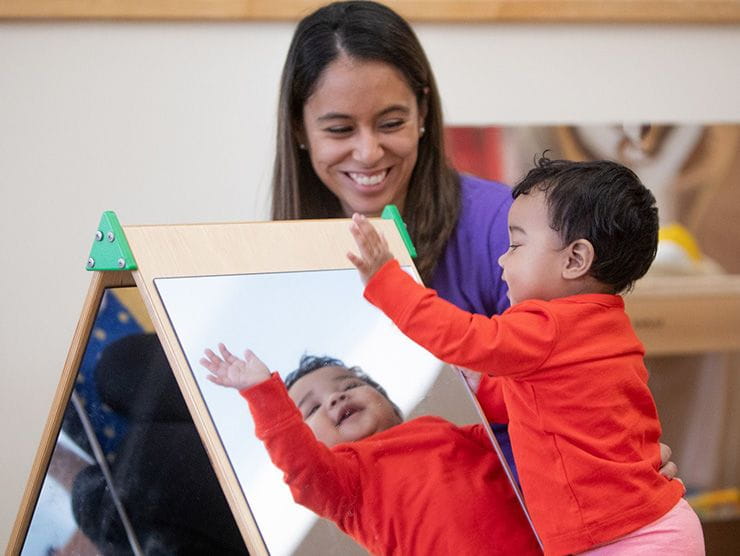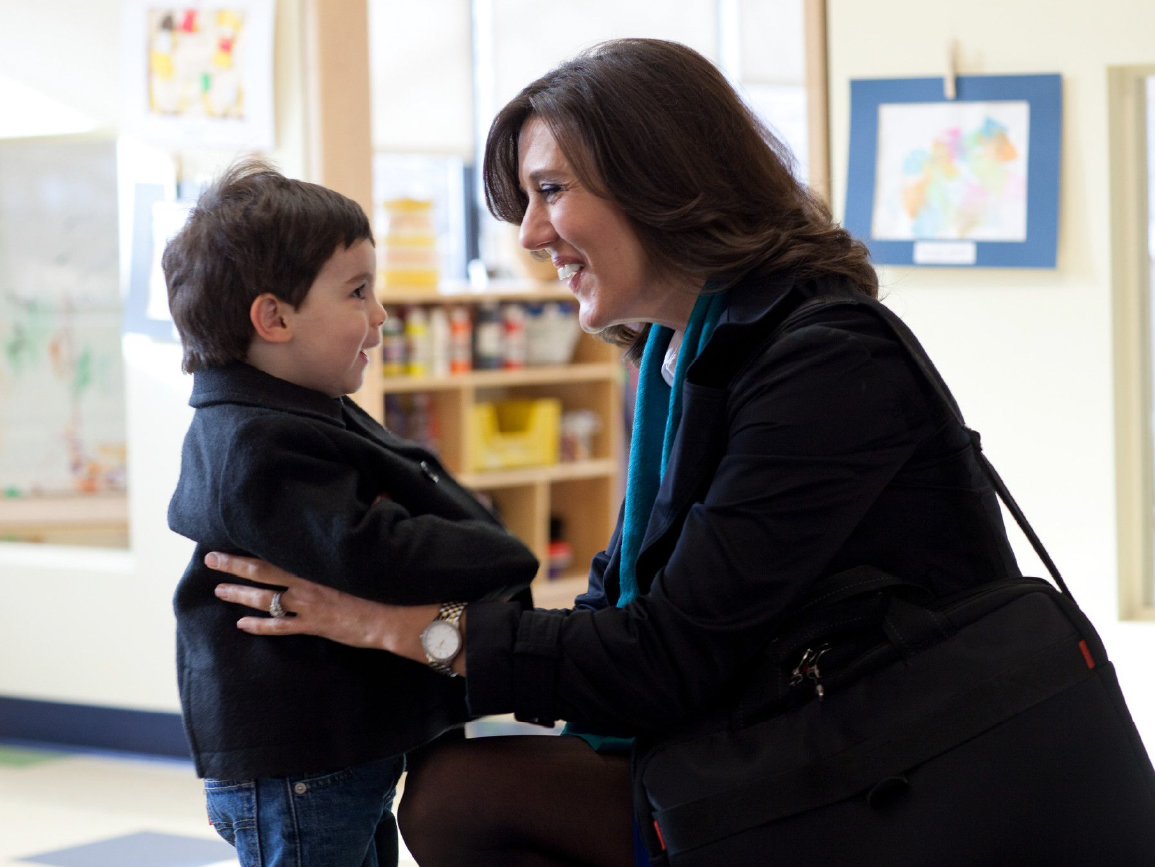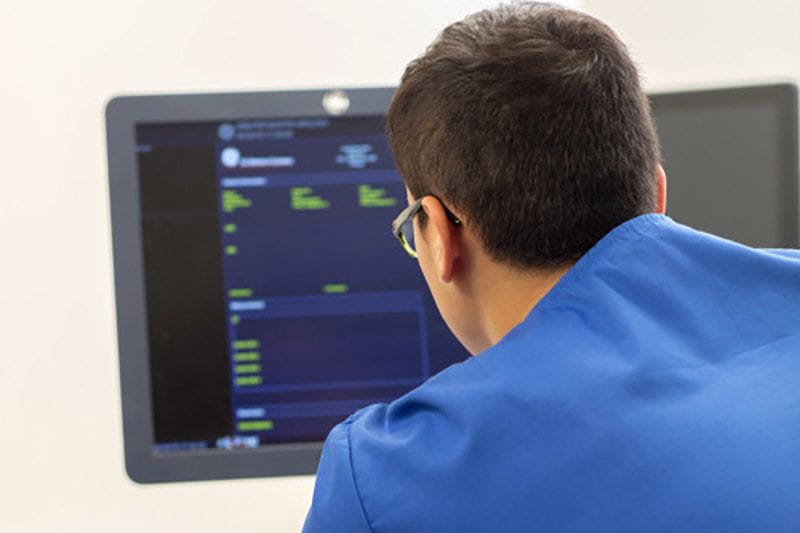To a young child, everything is brand new. They’re learning about themselves, their relationships, and the world. That’s a lot to figure out and it’s a big job! Learn about how children develop identity age by age and what you can do to support their growth:
Infants
Developmental Characteristics
Babies start by learning self-skills: I’m a person, I’m separate from others. Babies begin to develop a sense of trust and they categorize familiar and unfamiliar faces and people. At this age, they notice and respond to skin color. Their feelings are generally about their needs, e.g., I feel hungry, I’m tired, I’m wet.
How to Help
Responding to babies’ needs consistently and kindly is one of the best ways to ensure they develop a healthy self-concept. As they trust you, they learn that the world is a safe place worth exploring, and connections with people bring happy feelings. Model positive relationships and interactions with a variety of people.
Toddlers and Twos
Developmental Characteristics
Toddlers and twos begin to deepen their self-concept, which is why a toddler’s favorite words seem to be, “Me,” or “Mine.” They’ve just realized that they have feelings and ideas. They can own things or do things. Those are pretty powerful concepts! At the same time, they’re beginning to experience more complex emotions, including shame or guilt, and they sense the emotions adults are feeling.
How to Help
Continue to build those nurturing, supportive relationships and connections. Build opportunities for your child to see themselves and family members (in a mirror and through family photos).
Twos and Threes
Developmental Characteristics
By ages 2 or 3, children begin to define themselves and others by physical attributes, such as hair color or eye color. They show a preference for people who are familiar and who have characteristics similar to their own. They understand differences in skin color and can classify people by physical attributes. This is normal behavior. Young children categorize all kinds of things, including people, and this is a necessary and practical skill. Think of how often you say to your child, “Get your red shoes. Put all the books in this box. Do you want milk or water with your lunch?” These comments all ask children to classify and make distinctions.
How to Help
Understand that young children feel powerful emotions and often need help. “I think it made you really sad when Jesse took your toy. Is that right?” Continue to offer opportunities for children to see themselves and family members. Get to know a variety of different people and choose books for your child that feature the diversity of real people.
Preschoolers
Developmental Characteristics
During the preschool years, children become even more curious about themselves and others. They are actively trying to make sense of the world, which is why they often pretend scenarios about super heroes or good and bad guys. Preschoolers are concrete thinkers. They don’t understand concepts of time, faraway places, or complex concepts such as death, slavery, and religion. Additionally, preschoolers are very interested in issues of fairness and your child probably loudly announces when something seems unfair. Researchers have found that children aren’t just interested in fairness for themselves, but in fairness for everyone. They often speak up when they think someone hasn’t been treated fairly.
Preschoolers sometimes make comments that seem racist or biased, not because they’re intentionally trying to be hurtful, but because they’re trying to find meaning. Preschoolers sometimes make overgeneralizations about people and situations, e.g., since my grandpa has white hair, all grandpas must have white hair. Around age 5, children begin to develop theory of the mind, which is an understanding that even though we’re experiencing the same situation, we might have very different feelings or thoughts about it. This is the beginning of empathy.
How to Help
Watch for and counter children’s generalizations, e.g., “Grandpas and grandmas have lots of different colors of hair and they like to do different things. Isn’t it great that they’re not all the same?” Ask open-ended questions to better understand a remark that seems racist or biased, e.g., “I wonder if that’s really true. Is one skin color really better than another?” Continue to model positive relationships with many people, and encourage children when they speak up about unfair situations.





